Climbing Kilimanjaro via the Lemosho Route: A Day-by-Day Weather Adventure
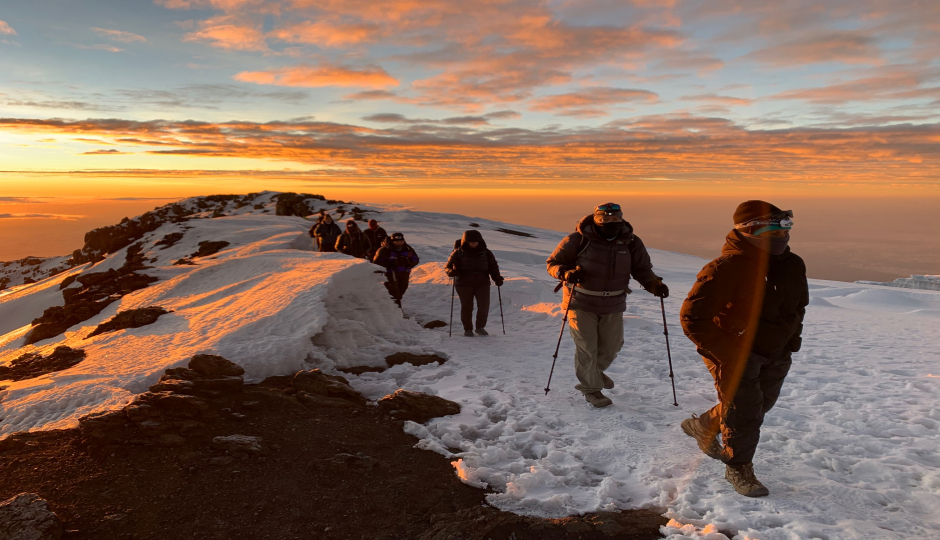

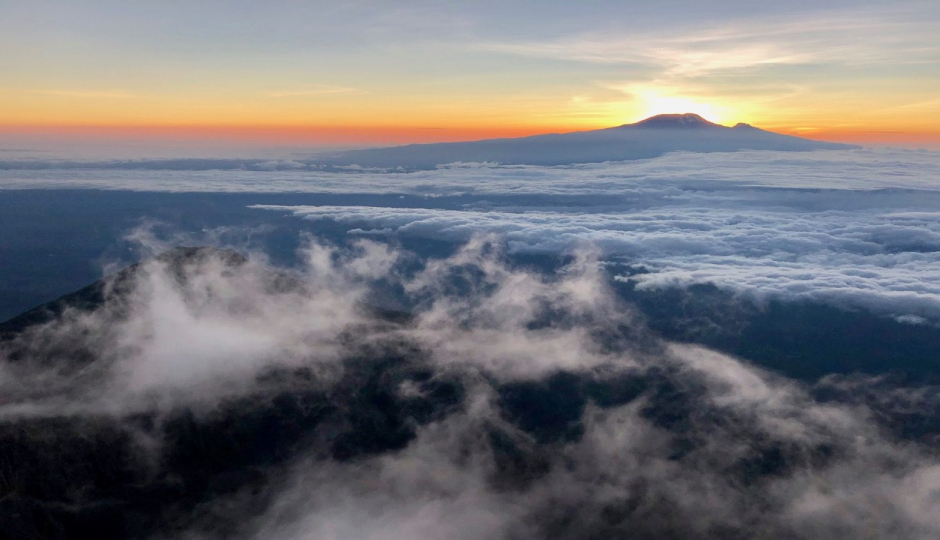
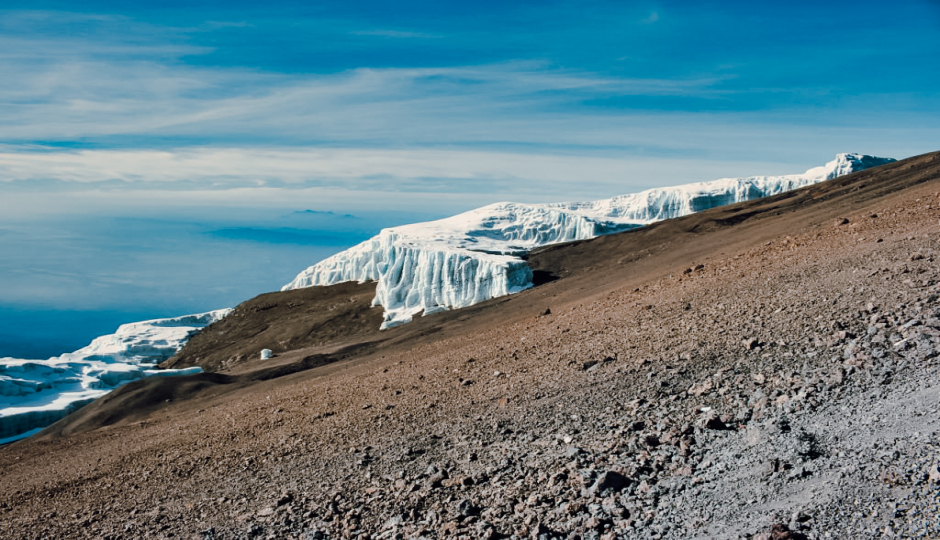




Climbing Mount Kilimanjaro is a dream for many adventurers, and the Lemosho Route is often chosen for its stunning scenery and gradual acclimatization. But every successful climb is heavily influenced by the unpredictable weather on the mountain. In this blog post, we'll take you through a day-by-day weather account of a Kilimanjaro ascent via the Lemosho Route, offering insights into the challenges and rewards of conquering Africa's highest peak.
Day 1: Starting the Journey
The adventure begins with excitement as climbers gather at the Londorossi Gate, where the Lemosho Route commences. The weather is generally warm, with temperatures around 70°F (21°C) during the day and cooler evenings. It's essential to stay hydrated and protect your skin from the equatorial sun.
Day 2: Into the Rainforest
As you trek deeper into the rainforest, the weather becomes more humid. Rain showers are common at this altitude, and you might experience intermittent drizzles. Temperatures drop slightly, with daytime highs averaging 65°F (18°C). Proper rain gear and moisture-wicking clothing are crucial to staying comfortable.
Day 3-4: Shifting Landscapes
Leaving the rainforest behind, you'll encounter the heath and moorland zones. The weather transitions to cooler temperatures, especially at night. Daytime highs hover around 60°F (15°C) while nighttime temperatures can drop to 40°F (4°C). Layers become important as you adapt to changing conditions.
Day 5-6: Alpine Desert
Reaching the alpine desert zone, the weather becomes more arid. Daytime temperatures average 55°F (13°C), but due to the thinner air, the sun's intensity can make it feel warmer. Nights are considerably colder, often dipping below freezing. Wind chill becomes a factor, so windproof clothing is vital.
Day 7-8: Summit Push
The weather on the final ascent to the summit is arguably the most challenging. The Barafu Camp, where climbers rest before the summit attempt, experiences extremely cold temperatures at night, often around 15°F (-9°C). Daytime temperatures are still cold, around 40°F (4°C). The key here is proper layering, including insulated outerwear and high-quality gloves to combat the biting cold and potential snowfall.
Day 9: The Summit
Summit night is a battle against both weather and fatigue. The weather at the summit, Uhuru Peak, is unforgiving, with temperatures averaging -10°F (-23°C) and the potential for gusty winds. The breathtaking sunrise view rewards the efforts made, but it's a race against time due to the extreme conditions.
Day 10: Descent
Descending to lower altitudes, you'll notice a gradual improvement in weather conditions. Temperatures become milder, and the air gets thicker, making breathing easier. Mweka Camp, your final campsite, experiences temperatures around 50°F (10°C) during the day.
Climbing Mount Kilimanjaro via the Lemosho Route is an incredible journey through varied ecosystems and weather conditions. From the humid rainforests to the freezing summit, each day brings new challenges and weather-related adjustments. Proper clothing, gear, and preparation are crucial to conquering the mountain safely. So, whether you're an experienced climber or a first-timer, understanding and adapting to Kilimanjaro's ever-changing weather is an essential part of this awe-inspiring adventure.




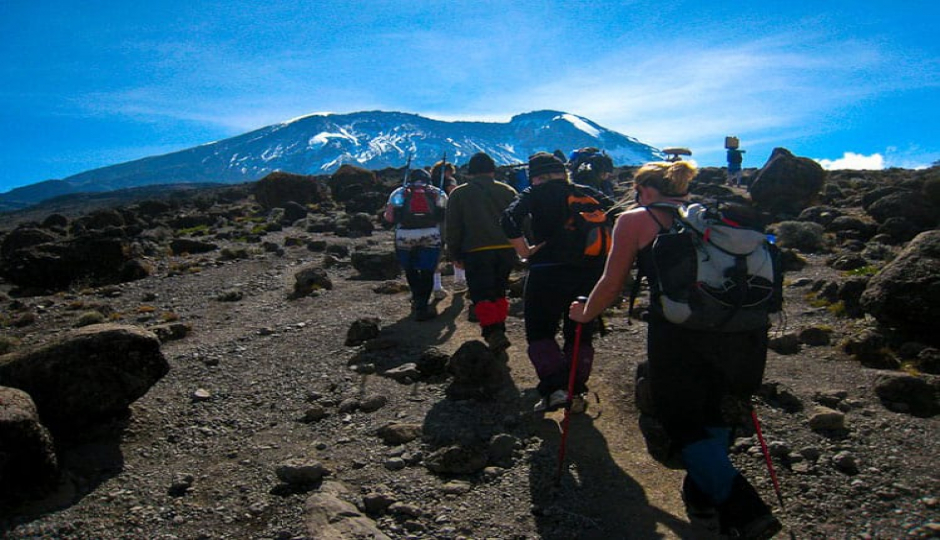
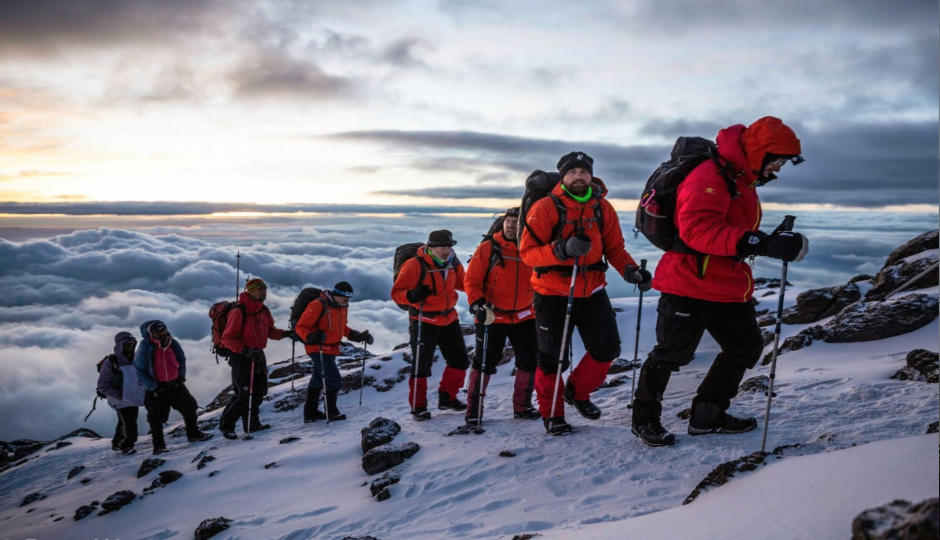
To book your adventure, simply send us an email detailing your desired experience—whether it's climbing Mount Kilimanjaro, going on a Tanzania safari, or enjoying the Zanzibar beach.
We'll promptly respond with all the information you need to finalize your plans. Plus, we offer the convenience of online payment to make the process even smoother.
View PackagesDon't Miss Your Dream Safari! Get Expert Planning Tips & Exclusive Offers.